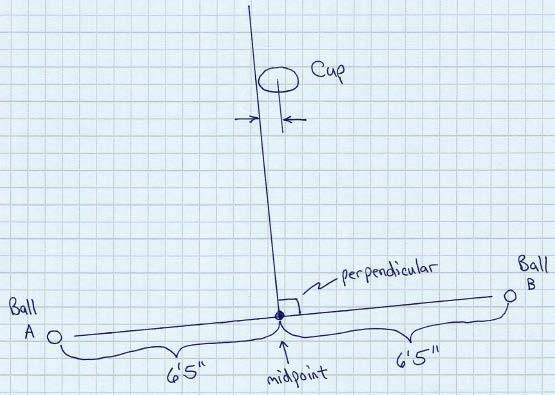Geometry and Kinematics in Golf: Understanding the Science Behind the Sport
In the game of golf, geometry and kinematics serve as the driving force behind the flight of the golf ball from the teeing ground to the hole. They guide the ball’s journey into the hole, based on the player’s swinging power, mass of the club, wind direction, and other factors. Therefore, understanding golf geometry and kinematics is crucial to enhance the player’s skills.
The Role of Geometry in Golf
Geometry is the branch of mathematics that deals with different shapes and their properties. In golf, it is crucial in determining angles, especially when taking a shot or swinging the golf club. Three major areas where geometry plays a critical role include club design, shot trajectory, and course design.
1. Club Design: The shape and size of a golf club are geometrically designed for specific purposes. For example, a driver, used for long distance shots, has a larger head and longer shaft, while a putter, used for short range shots, has a flat face and shorter shaft. The aim is to optimize the club’s performance and control the shot’s direction.
2. Shot Trajectory: The trajectory of a golf ball is determined by the golfer’s swing and the angle at which the club strikes the ball. Golfers manipulate angle to control the flight of the ball, making adjustments depending on the wind, terrain, and distance to the hole. Geometry helps in calculating these angles to achieve the desired shot.
3. Course Design: Golf courses are maps of geometric shapes. From the circular tee and hole to the rectangular green and triangular hazards, geometry is omnipresent. The course designer uses geometric principles to create challenges for players and make the game more thrilling.
Kinematics and Its Influence on Golf Swings
Kinematics, on the other hand, is the study of motion, excluding the causes of the motion. In golf, it’s mainly about how the golf ball and the golf club move during a swing. Understanding kinematics can provide insights into achieving the perfect swing.
1. The Golf Swing: A golfer’s swing consists of two linear motions, the backswing, and the downswing, and one rotational motion, the impact. During the backswing, the club is lifted, and during the downswing, it is brought down to hit the ball. At impact, the torque applied by the golfer to the club transfers the momentum to the ball, causing it to move in the direction






























